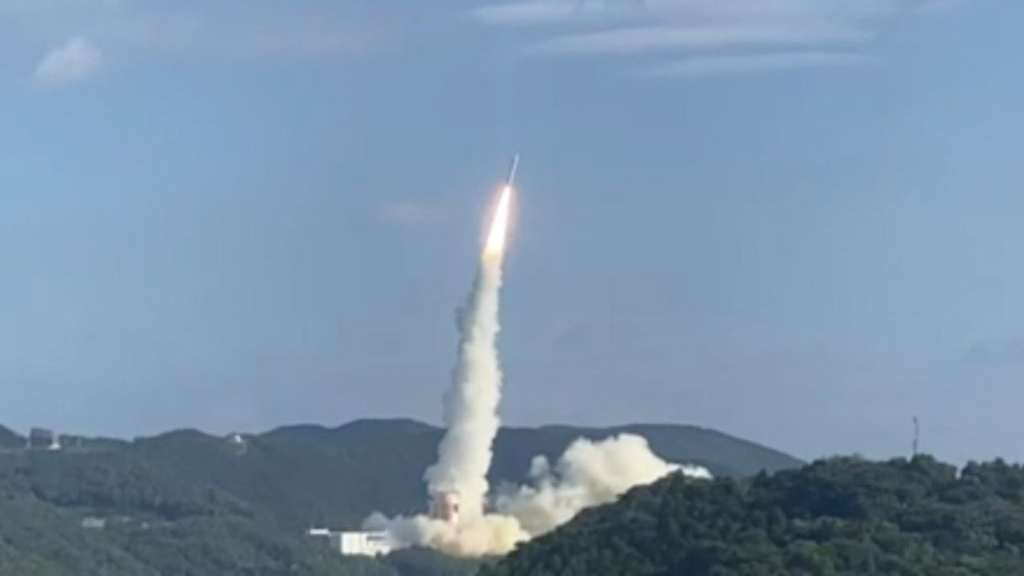HCMC – Vietnam’s nano-layer CubeSat satellite NanoDragon was successfully launched into outer space from the Uchinoura Space Center in Kagoshima Prefecture, Japan, at 9:55 a.m. (Japan time) today, November 9.
The Vietnamese satellite was launched by the fifth Epsilon solid-fuel rocket, which also carried eight other satellites of Japan, as part of the Innovative Satellite Technology Demonstration program of the Japan Aerospace Exploration Agency (JAXA).
NanoDragon was released from the Epsilon-5 rocket and entered orbit at 11:30 a.m. (Japan time).
Witnessing the launch of NanoDragon from the Uchinoura Space Center, Vietnamese Ambassador to Japan Vu Hong Nam said, “I was touched witnessing Japan’s Epsilon-5 rocket at the Uchinoura Space Center being launched, carrying Vietnam’s NanoDragon satellite into outer space. This moment has gone down in history and marked a new development milestone in Vietnam’s space industry”.
Nam hoped that data collected by NanoDragon could be applied to economic development, including the marine economy, agriculture, forest management, climate change response and security monitoring.
The micro-satellite NanoDragon was developed by the Vietnam National Space Center (VNSC) under the Vietnam Academy of Science and Technology as part of VNSC’s “made in Vietnam” small satellite development roadmap. It weighs about four kilograms and is made up of multiple 10x10x34-centimeter (3U) modules.
The satellite was developed to demonstrate it could use micro-satellite beam technology to receive the Automatic Identification System signal to track and monitor activities at sea.
It is also designed to verify the quality of Japan’s MEISEI satellite navigation and positioning system and a new advanced onboard computer developed exclusively for micro-satellites.
NanoDragon was transported to Japan on August 11 and tested at the Uchinoura Space Center from August 16-17 before being officially transferred to the JAXA for launching.









